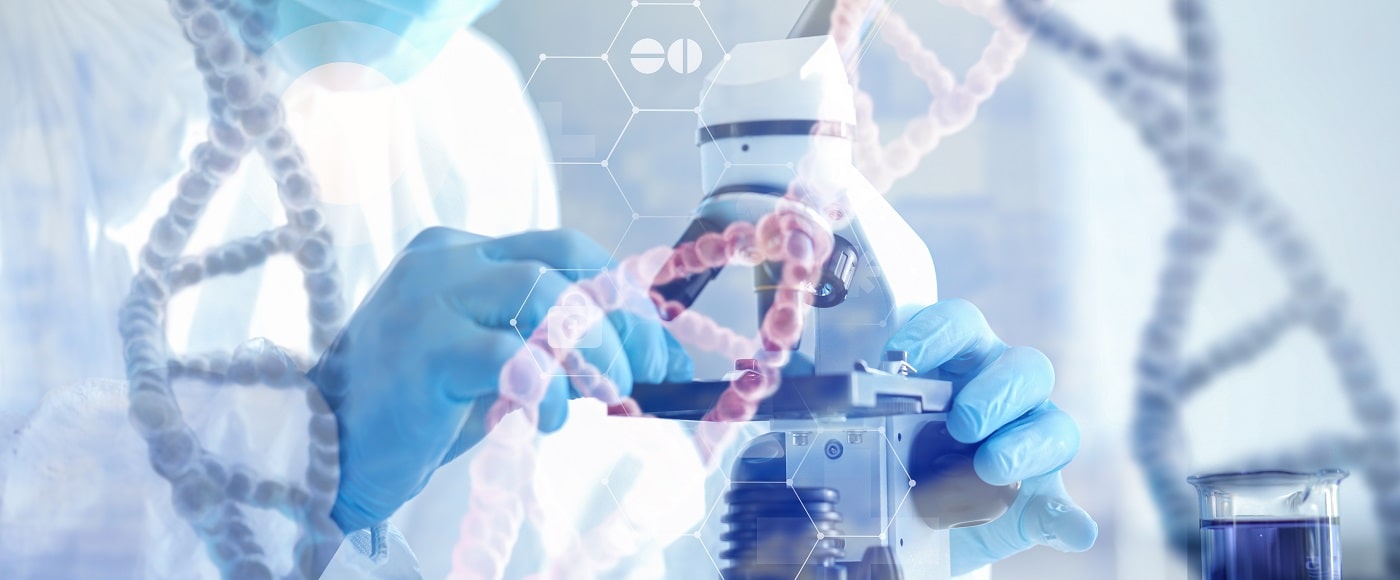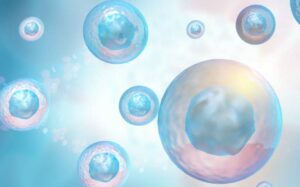The 69th annual meeting of the Society for Reproductive Investigation (SRI)
These studies have resulted in promising options for patients with premature ovarian failure and embryo implantation failure. They also provide interesting insights into the early stages of embryo development, about which little is known today.
Scientific research is one of the pillars on which medicine rests, especially in the field of reproductive medicine, in which it leads to solutions for patients with fertility problems so that their desire to have children becomes a reality.
In this regard, the 69th annual meeting of the Society for Reproductive Investigation (SRI), which brings researchers together to share the latest advances in assisted reproduction, is being held in Denver from 15 to 19 March. This year, IVIRMA submitted 21 research papers, 3 of which were recognised by the SRI’s scientific committee due to their significant contributions to the field of reproductive medicine.
“Our greatest motivation for conducting research is making discoveries that allow us to achieve optimal results and offer patients the best guarantees in their fertility treatments. And it is a real source of pride for us that this is valued at the science conferences we attend, which each year recognise our work and contributions to the clinical practice in our sector”, says Dr Nicolás Garrido, director of the IVI Foundation.
One of the studies that was recognised, titled “Combination of Stem Cell Secreted and Platelet Enclosed Growth Factors Restores Ovarian Function in an Aging Mouse Model,” compares intraovarian injection of platelet-rich plasma (PRP) with intraovarian injection of plasma that is enriched both in the factors secreted by bone marrow stem cells and those in platelets (in other words, the basis of the 4-step ASCOT study).
“The main difference is that in this study we use a physiological aging model. To do this, we obtain animals that in some way imitate what would be young patients, patients of an advanced maternal age, and patients older than 45, to see if in these three groups of patients any of these two alternatives, i.e., intraovarian injection of PRP or the combination of stem cell and platelet factors, would be an option to improve their reproductive capacity”, explains Dr Sonia Herraiz, IVI Foundation researcher and the study’s coordinator.
The results are promising, showing that injecting the combination of both cell and platelet factors improves follicle development, since this generates ovarian vascularisation, which facilitates the recovery of more oocytes and higher quality embryos after ovarian stimulation, both in the advanced maternal age groups as well as in those imitating patients older than 45.
“These findings are what earned us the ´SRI President’s Plenary Awards´, which we are very proud to receive in recognition of four out of all the selected studies for their scientific interest”, concludes Dra. Herraiz.
Another of the studies recognised by the SRI titled “Deciphering the Role of PGRMC2 in Decidualization and Trophoblast Invasion Using Primary In-Vitro Models” describes, for the first time, the behaviour of a non-classical progesterone receptor (PGRMC2) in embryo implantation.
“One of the main causes of female infertility is implantation failure, a process that is still not well understood. For embryo implantation to be successful, the human endometrium has to create a receptive state in response to hormones such as progesterone. A study of this little-known hormonal receptor (PGRMC2) makes it possible to improve fertility rates in infertile women and to develop new techniques to improve embryo implantation, thus giving rise to full-term pregnancies”, notes Dr Francisco Domínguez, IVI Foundation researcher and the study’s coordinator.
Finally, another of the studies led by IVIRMA and recognised by the SRI is titled “Single Cell Transcriptome Description of Early Development Haploid Androgenotes and Parthenotes.” This study examines, for the first time, early embryonic development in humans at the transcriptomic level of uniparental haploid human embryos.
“Given that many countries around the world (including Spain) ban research on early embryo development with viable healthy human embryos, uniparental embryos are a great solution this problem”, says Dr. Domínguez.
A uniparental embryo consists only of the maternal or paternal genetic part, so that they may be used for research because they can never develop into a viable embryo, and they allow us to very precisely determine the contribution of each (maternal and paternal) gamete separately during the early stages of embryonic development: from oocyte fertilisation to blastocyst formation, which takes place between day 5 and day 7 of development-.
“Early embryo development is a field in which we still have little knowledge about many processes and/or factors that determine the embryo’s future viability and that could be key to a better understanding of this early embryonic stage. Studies like these allow us to make progress and shed some light on it, and ultimately maximise the reproductive results of patients”, concludes Dr. Domínguez.





